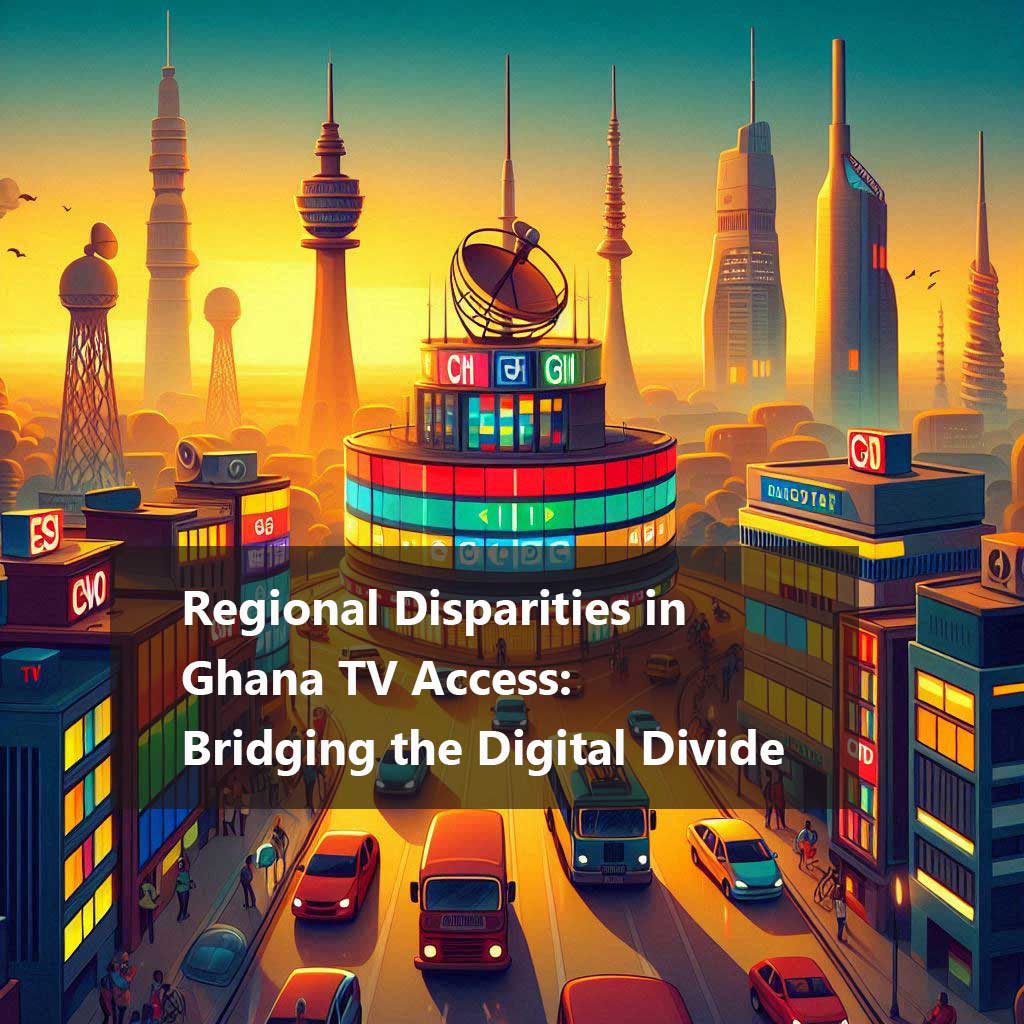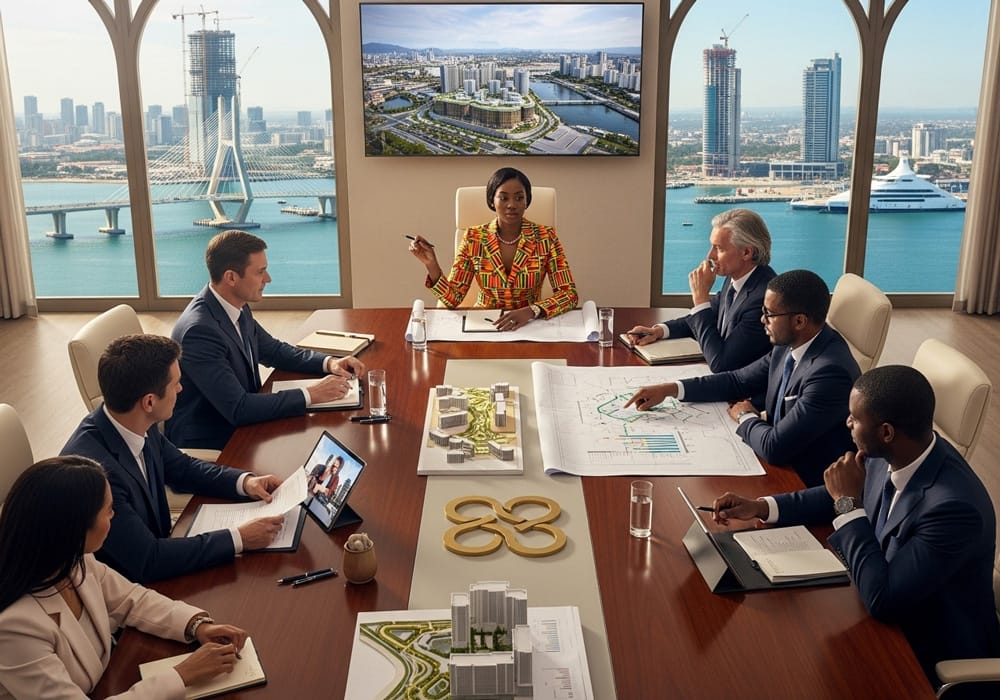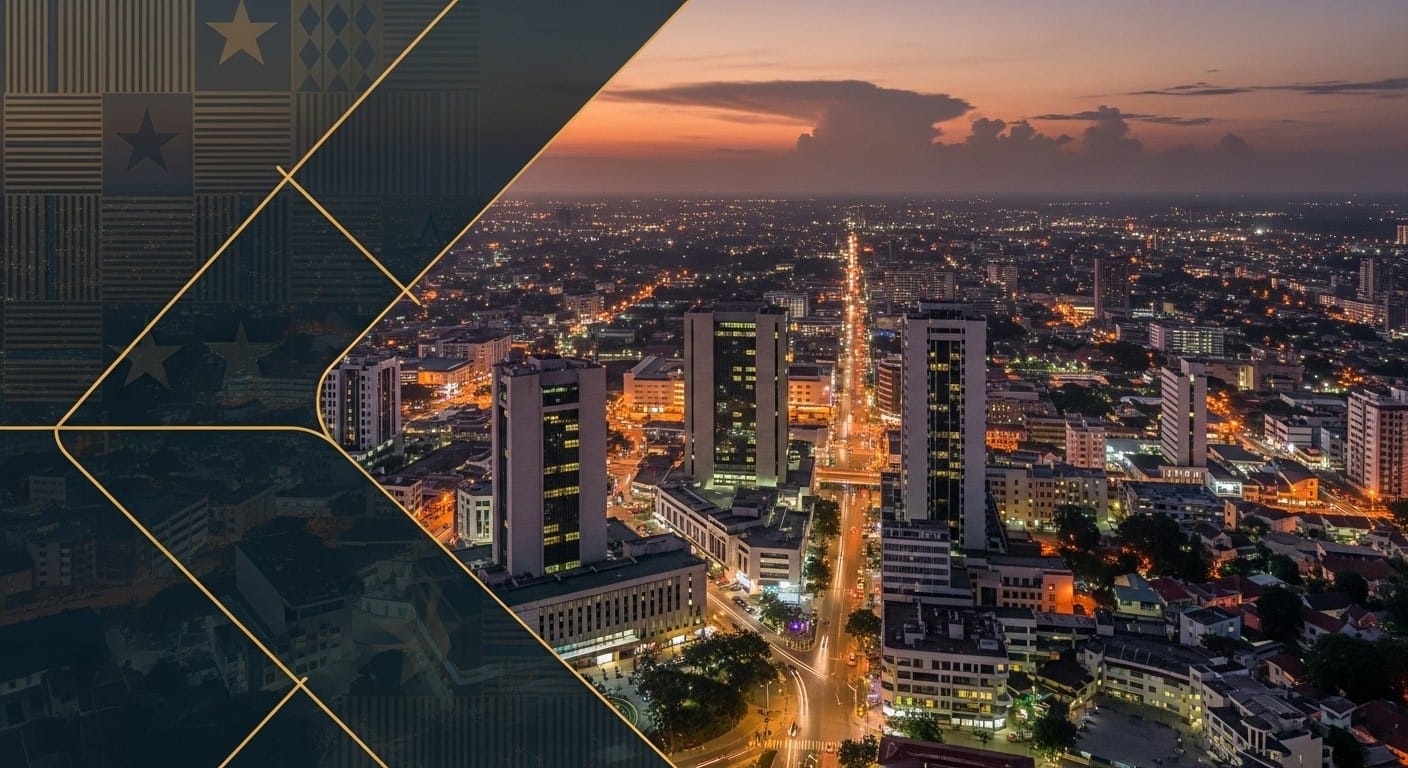The geographical distribution of television television stations in Ghana Ghana reveals a concentration in urban centers, particularly the Greater Accra Region Region, which functions as a central hub for broadcasting.
This pattern creates disparities in access to information and diverse content across the country.
This article examines the regional presence of TV stations in Ghana, the factors contributing to unequal distribution, and initiatives aimed at bridging the digital divide to ensure more equitable access to television broadcasting.
Urban Concentration in Greater Accra
The Greater Accra Region is the epicenter of Ghana’s television broadcasting activities, hosting a significant number of prominent TV stations. These include Adom TV, GHOne TV, GTV, Metro TV, Net 2 TV, and TV3.
The concentration of media outlets in Greater Accra is largely due to the region’s economic and political importance, making it an attractive location for advertisers and content producers who target urban audiences.
This high density of TV stations fosters strong competition and greater media penetration, further solidifying Greater Accra’s position as a key player in Ghana’s television landscape.
Regional Disparities and Underserved Areas
In contrast to Greater Accra, regions such as the Northern Region exhibit significant disparities in media infrastructure.
The limited presence of broadcasters like NTV, Sagani TV, and Rahma TV underscores the challenges faced by underserved populations in accessing diverse media content.
Several factors contribute to this disparity, including lower population density, underdeveloped infrastructure, and the potentially higher operational costs of establishing and maintaining broadcast facilities in remote areas.
These regional imbalances highlight the need for targeted interventions to enhance connectivity and expand media accessibility.
Government Initiatives for Digital Inclusion
The Ghanaian government has initiated projects to improve rural connectivity and address these gaps. For example, the Rural Telephony and Digital Inclusion Project recently commissioned three rural telephony sites in the Ashanti Region (Effiduase-Anunso, Anaham, and Bouya).
These installations aim to provide voice and data services to previously underserved communities, facilitating access to online streaming platforms and interactive content offered by TV stations.
Improved broadband access not only enhances viewership potential but also enables broadcasters to deliver localized programming tailored to specific cultural or linguistic groups.
Utilizing renewable energy solutions, such as solar-powered transmission systems, could further reduce operational costs and ensure sustainability in both urban and rural broadcasting environments.
Demographics and Digital Divide
Analyzing population density alongside media outlet concentration reveals the uneven distribution of TV stations across Ghana. Urban centers account for 60.1% of the population, with a median age of 21.3 years, indicating a youthful demographic concentrated in cities.
This demographic profile is crucial for TV stations seeking to tailor their programming to urban audiences, especially younger viewers (18-34 years), who make up 28% of the population.
Despite a high internet penetration rate of 69.9%, approximately 30.1% of Ghanaians remain offline, predominantly in rural areas where broadband mobile connections are less prevalent.
Addressing this digital divide through collaborations with government initiatives aimed at improving rural connectivity presents an opportunity for TV stations to expand their regional presence and reach underserved populations.
Adapting to Technological Advancements
As television remains the dominant media platform in Ghana, commanding the highest advertising spend compared to other mediums, there is a clear incentive for broadcasters to optimize their reach.
With daily viewership reaching 90% of the population (approximately 13.4 million viewers), top channels like TV3, Adom TV, Max TV, UTV, and Joy Prime hold considerable influence over both urban and rural audiences.
However, the anticipated annual decline of 0.65% in television market revenue from 2025 to 2029 underscores the importance of adapting to evolving viewer preferences and technological advancements.
The shift towards larger screen sizes, smart features, and integration with internet-based services reflects a growing demand for more immersive viewing experiences.
Digital Strategies for Expanded Reach
Expanding the reach of TV stations through digital platforms is increasingly pertinent. Social media platforms like Facebook and YouTube have substantial user bases, with respective penetrations of 32.7% and 32.2% among internet users.
By producing short-form video content optimized for YouTube or creating interactive shows leveraging Facebook Live, TV stations can tap into new revenue streams through platform-specific advertising and sponsorships.
Widespread mobile device usage, with 38.3 million mobile connections exceeding the population figure by 110%, presents opportunities for developing robust mobile applications to deliver live broadcasts and on-demand content.
Embracing digital-first strategies will be crucial for capturing tech-savvy demographics and ensuring sustained relevance in the evolving media ecosystem.
Conclusion
The geographical distribution of television stations in Ghana highlights a divide between urban centers with high media concentration and rural areas with limited access.
Addressing this disparity is crucial for ensuring equitable access to information and promoting inclusivity.
Government initiatives aimed at improving rural connectivity, coupled with TV stations’ strategic adoption of digital platforms, can help bridge the digital divide and expand viewership across all regions of Ghana.











